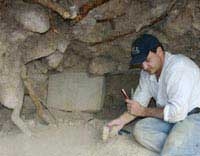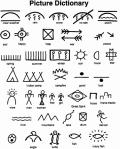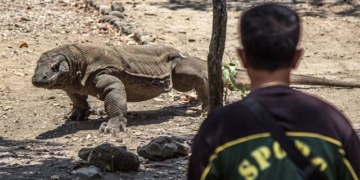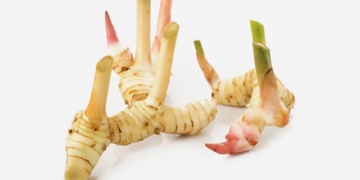Real-life-sized camel carvings have been discovered in the Saudi Arabian desert, but archaeologists are unsure who created them and when.
Researchers have documented a series of carvings depicting camels on a protruding rock near the southern edge of the Nafud Desert in Saudi Arabia.
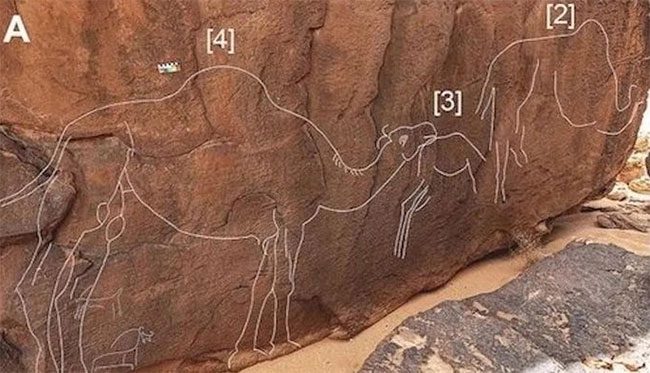
The mysterious camel carvings in the Saudi Arabian desert may have been created thousands of years ago. The white lines painted on the carvings enhance visibility. (Photo: Maria Guagnin, et al)
Majestic Artwork
According to a recent study published in the Asian Archaeological Research Journal, the majestic artwork depicts dozens of life-sized wild camels, a species that has long been extinct and once roamed the Arabian Peninsula’s desert thousands of years ago without ever being scientifically named. While the site known as Sahout has been recognized by other archaeologists for some time, this is the first instance of attention being drawn to the camel carvings in the exposed area.
The lead author of the study, Maria Guagnin, a postdoctoral researcher at New York University in the United States, stated that finding the protruding part in the sand dunes was not the only challenge, as the carvings feature newer engravings overlaying them, adding another layer of mystery regarding which culture created this artwork.
Guagnin remarked: “The exposed portions contain a dense cluster of rock art from various periods. You can see that the carvings were made in different stages and exhibit different styles.”
The study’s findings, based on radiocarbon dating of two nearby pits and two hearths, indicate that the Sahout site has been occupied multiple times from the Pleistocene Epoch (2.6 million to 11,700 years ago) to the mid-Holocene (7,000 to 5,000 years ago).
“What stands out about the beautifully carved camels is that they are all males,” Guagnin said. “Some carvings depict camels showcasing their bodies, with an organ protruding from the mouths of male camels used to attract females.”
Based on this characteristic, researchers hypothesize that the artwork may have been created during the mating season. According to the World Veterinary Association, this phenomenon, known as estrus, occurs from November to March.
Sahout is not the only site in Saudi Arabia where camel carvings have been found. In 2018, archaeologists discovered a 2,000-year-old life-sized “parade” of camels in the Al-Jouf province in the northwestern desert of Saudi Arabia.









































